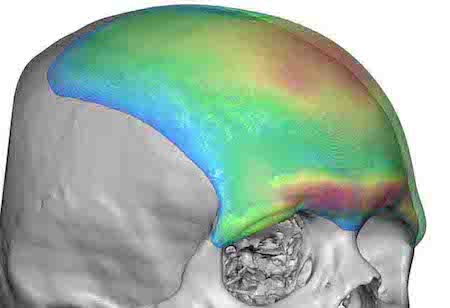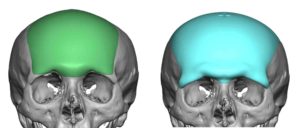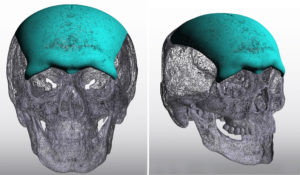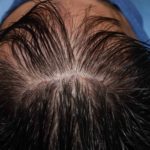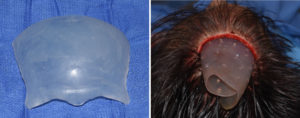Background: The forehead is a broad comparatively flat surface area for the most part with the exception of the lower brow bone area. In women the brow bone area has little if any protrusion and thus has no aesthetic significance. In men, however, the medial protrusions caused by the pneumatized development of the underlying frontal sinus are a distinguishing male feature. The degree and angle of the medial brow bone protrusions can be debated but the aesthetic significance of their presence can not.
In male forehead augmentation the first consideration is whether the brow bone needs to be included or not. In men with good brow bones but a very backward sloped forehead designing the implant just to the edge of the brow bone break is what is needed. But lack of much brow bone projection mandates that the implant design become a complete forehead that includes the brow bones as well.
In designing the male brow bones of a custom implant, whether it includes the forehead or not, is not quite as structurally simple as it seems. While on first glance the brow bones may seem to be just a straight line horizontal projection, looking at their anatomy shows a much more complex topography. It has a gulping shape that is shallowest in the middle (frontonasal junction), has the most horizontal projection around the supraorbital notch and fades evenly out to the junction of the lateral orbital rim.
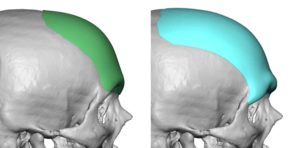
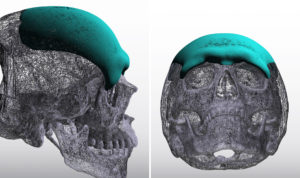
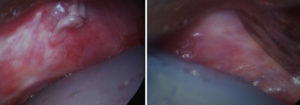

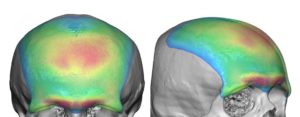
Case Highlights:
1) Male forehead augmentations often include the brow bones as well.
2) The shape of a brow bone part of a forehead implant involves complex topography that show mimic that of the natural male brow bone protrusions.
3) A combined custom forehead-brow bone implant can be placed through a relatively small scalp incision.
Dr. Barry Eppley
Indianapolis, Indiana

